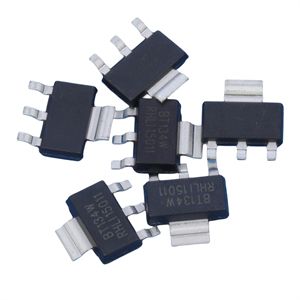Date:2024-11-14 Categories:Product knowledge Hits:313 From:Guangdong Youfeng Microelectronics Co., Ltd
Electric pry equipment
This type of suppressor has the characteristic of "electric pry" and is usually related to 4-layer NPNP silicon controlled bipolar devices or plasma gas/GDT devices. Once the threshold or transition voltage is reached, further increase in current will cause the device to conduct rapidly, with a forward voltage drop of only a few volts.
In essence, the circuit will be in a temporary "short circuit" state when transient phenomena occur.
Working temperature range
The minimum and maximum ambient operating temperatures of the device application circuit. The working temperature should not affect adjacent components, which is a parameter that designers must consider.
capacitance
The property of circuit components that allows them to store charges. In circuit protection, the off state capacitance is usually measured at a frequency of 1 MHz and a bias voltage of 2 V.
Reverse Off State Voltage (VR)
For unidirectional transient suppression diodes, this is the maximum peak voltage that can be used for blocking direction in the absence of high current. For bidirectional transients, it is suitable for either direction. Its meaning is the same as the maximum off state voltage and the maximum operating voltage.
Breakdown voltage (VBR)
The breakdown voltage measured at the specified DC test current is usually 1mA. Usually, the maximum and minimum values are indicated.
Peak Pulse Current (IPP)
The maximum pulse current that can be repeatedly applied. If explained, it can usually be a 10x1000 μ s double exponential waveform or an 8x20 μ s.
Maximum clamping voltage (VC or VCI)
The maximum voltage that can be measured from the protector when the maximum peak pulse current occurs.
Peak Pulse Power (PPP)
Expressed in watts or kilowatts, the 1ms index transient value is the product of IPP and VCL.

Previous: Classification, Structure, and Principle of MOSFET
Next: Using voltage inspection method to quickly locate fault points in integrated circuits